More than tropical forests, wild beaches of great beauty, or its impressive biodiversity, the richness of Costa Rica also lies in the diversity of its people and its culture. That is a good excuse to get into it and explore the rest of its wonders. Here, we mention 8 of them:
The Boyeo
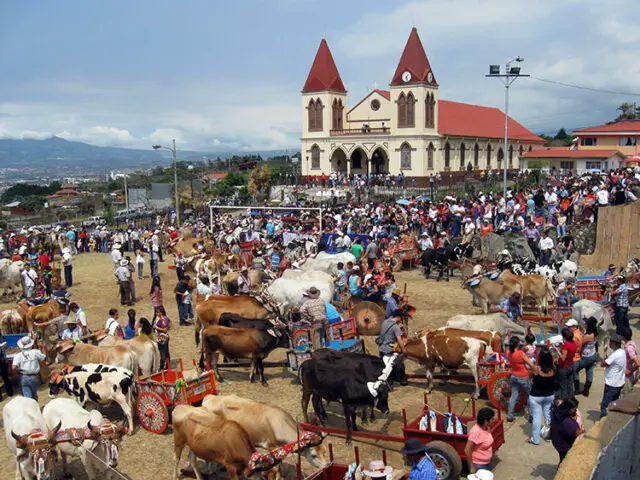
The “Ticos”, as Costa Ricans are also known, are hospitable and hard-working people. The peasants, in command of their ox-drawn cart, have practiced the boyeo trade for generations, learning from a young age, together with their family; like oxen, taught from a young age to the difficult task of plowing the field, turning the millstones of the trapiche (mill), carrying firewood, sugarcane, corn or coffee, or going for a walk. Today, the boyeo is part of the main festivals, parties, parades and events in the country and UNESCO has declared it an intangible World Heritage Site.
The Calipso: Flavor Of The Caribbean
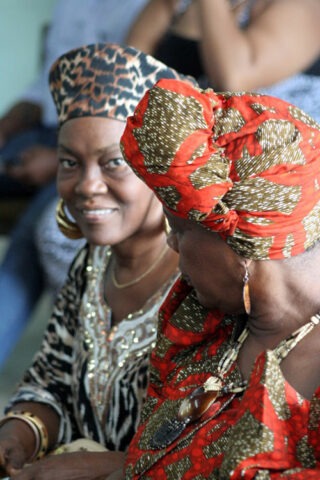
Calypso music is a characteristic melody of the American Caribbean that came directly from the Antilles and began to be heard in Costa Rica in 1870, when communities from the islands of Jamaica, Barbados and Saint Kitts arrived in the province of Limón. In the history of the Calypso from Limon there are two key characters: Roberto Kirlew, known as Buddha, and King Mr. Walter Ferguson, who gives its name to the International Calypso Festival that is held every July in Cahuita.
The Criollo Swing
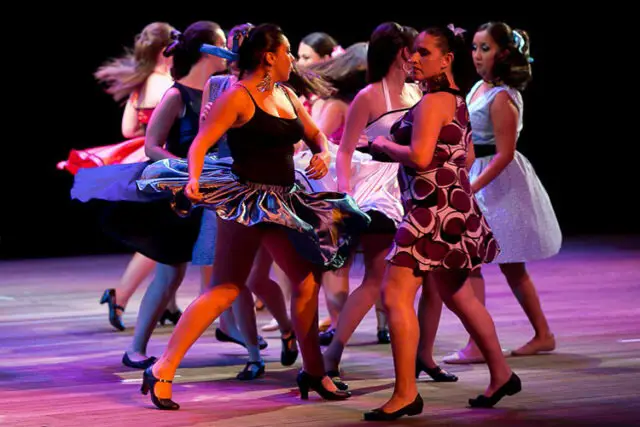
Born in the second half of the twentieth century, this popular dance focuses on the fusion of musical rhythms, group dance between more than 3 people, the improvisation capacity of the dancer, turns and movement of the arms, among other particularities. The famous Tobogán hall was the cradle of this style of dance that identifies Costa Ricans in the world.
The Tope De Toros
In almost all of the Guanacaste towns there are roundabouts (as the bullrings are called in Costa Rica) where this activity is practiced, which consists of demonstrating the ability of the riders to remain as long as possible on the bull’s back. In the month of March, during the Civic Festivities of Liberia, a championship is held where the main riders of the country participate.
Popular Crafts
The inhabitants of the communities of Guaitil de Santa Cruz and San Vicente de Nicoya have made beautiful pottery with clay for centuries with traditional and ancestral techniques of the Chorotega indigenous people, who lived in this part of the country. With it they make ornaments, vases, pots, plates, ocarinas and other figures … pieces that are dried in very characteristic ovens. At the Guaitil elementary school, students learn the technique and sell these pieces.
The Feast Of The Virgin Of Guadalupe
On November 1th: the Contadera of days and the firewood pike, on December 8th: the Grinding of corn (Pujagua); the 9th: the Atolada; the 10th: the Ramada; December 11th: Eve; and 12th: the Virgin of Guadalupe. They are the stages prior to this festival that takes place in Nicoya and in which the dawn, religious celebrations, dance, music, gunpowder and food distribution take place.
The Mystery Spheres
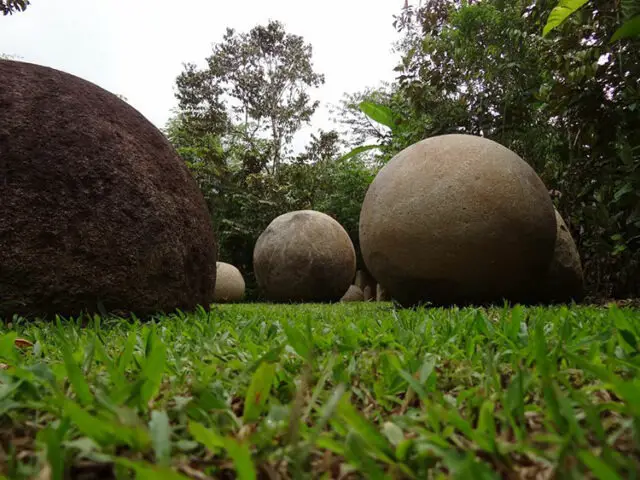
The ancestors who lived in the South Pacific of Costa Rica left behind a mysterious production of artistically crafted stone spheres. Frequently aligned with others, forming lines, triangles or rectangles, their meaning remains unresolved today. There are 235 recorded stone spheres, all with a perfect circumference and were created in a period that began around 400 BC and it extended until the Spanish colonization. Today, they are art to be sighted.
The Guayabo Archaeological Monument
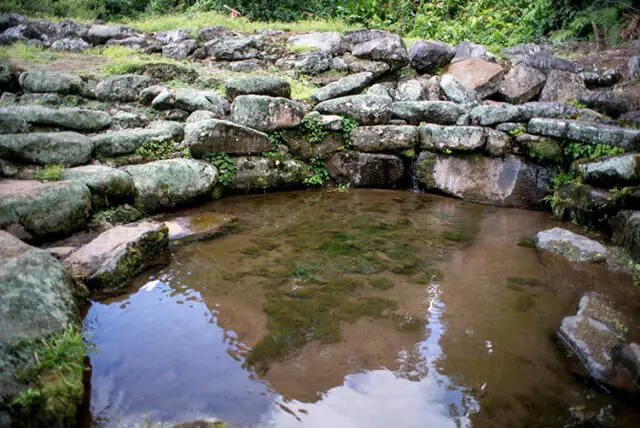
In the entire world, only three places are World Engineering Heritage: Machu Picchu, Tipón and the Guayabo Archaeological Monument, the most important archaeological site in Costa Rica. Located on the slopes of the Turrialba volcano, it preserves a system of aqueducts, still functional, its road and part of the drainage system, which leads to the ceremonial center. Built between 300 BC and 1,400 AD and occupied by indigenous groups, today it is still possible to appreciate its original design, with stone stairways and conical thatch and reed roof structures of South American influence. The site had a high development during centuries and a great cultural and political-religious significance, enhanced by the wealth of its resources and the presence of the volcano itself.


